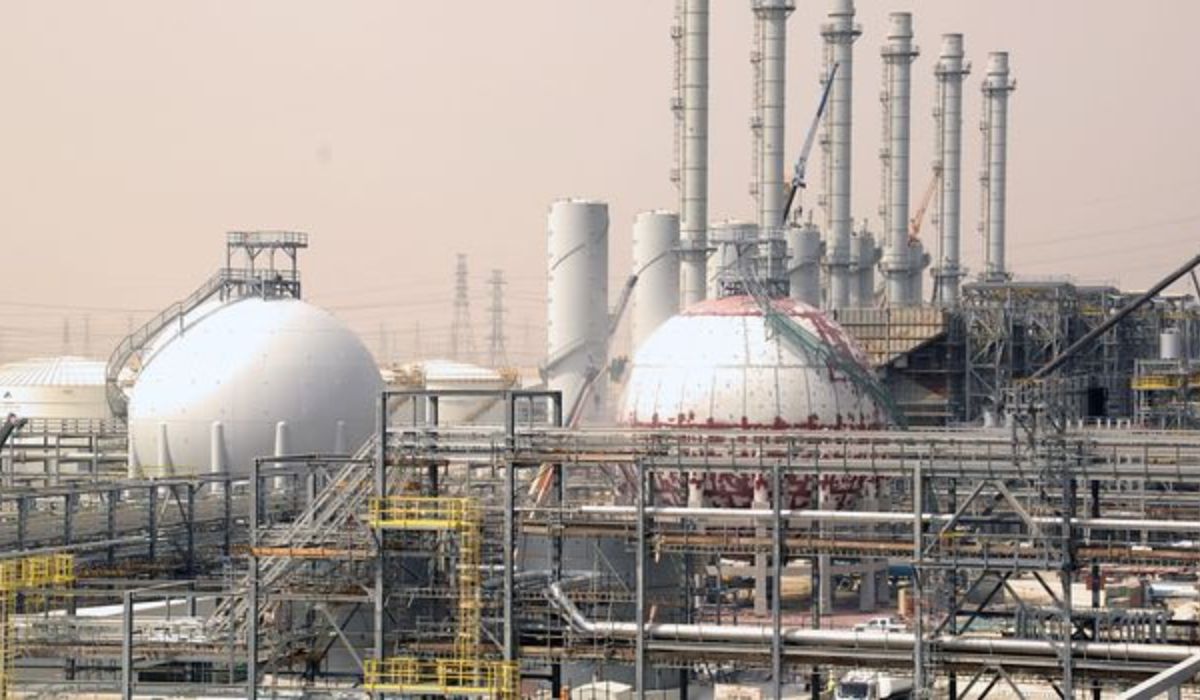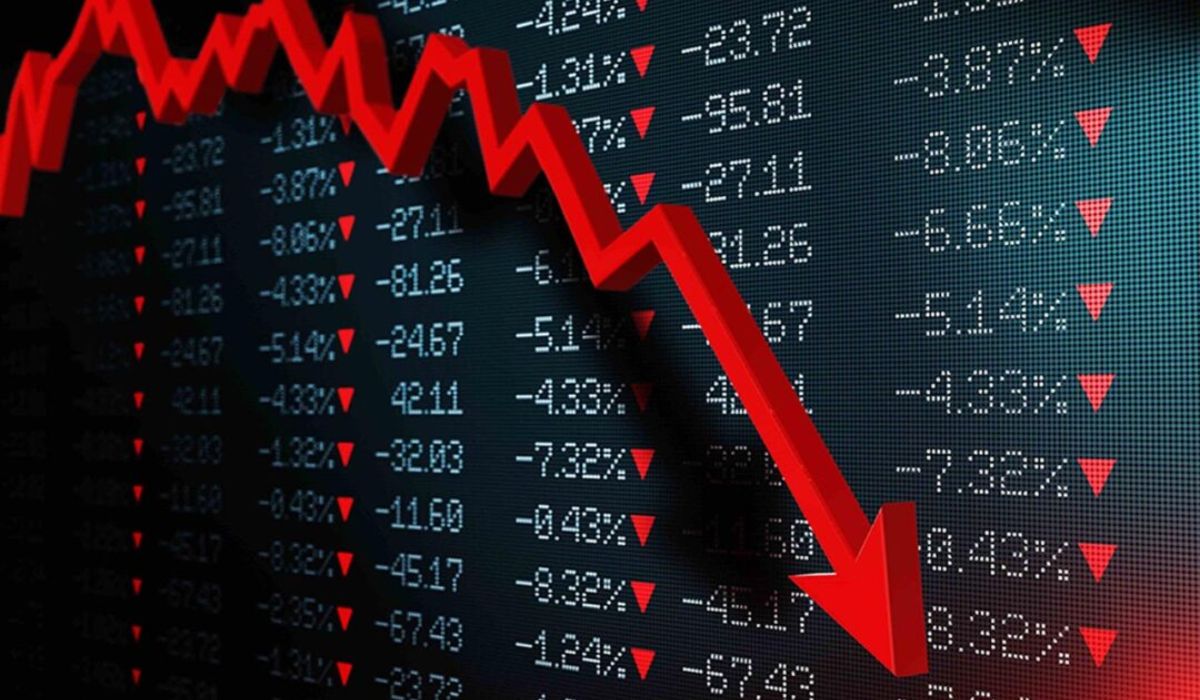Oil Prices Dip as OPEC+ Raises Output, Markets React to Trump’s Tariff Strategy

Crude oil prices declined at the start of the week following OPEC+’s decision to significantly increase production in August. Market sentiment was further shaken by persistent ambiguity surrounding impending U.S. tariff hikes, which could undermine global demand.
As of 03:27 GMT on Monday, Brent crude slipped by 47 cents (0.69%) to $67.83 per barrel. The U.S. benchmark, West Texas Intermediate (WTI), fell more steeply, dropping 95 cents (1.42%) to $66.05.
OPEC+ — a coalition comprising the Organisation of the Petroleum Exporting Countries and allied producers — resolved over the weekend to boost output by 548,000 barrels per day for the upcoming month. This figure surpasses the increases sanctioned over the previous three months, which stood at 411,000 bpd each, and represents a sharp uptick from April’s 138,000 bpd rise.
Energy strategist Tim Evans noted in an analysis that the decision signals a shift toward aggressive market positioning.
“The increased production clearly represents a more aggressive competition for market share and some tolerance for the resulting decline in price and revenue,” Evans wrote.
According to analysts from RBC Capital, the latest production hike effectively restores nearly 80% of the 2.2 million bpd voluntary supply cuts previously maintained by eight OPEC members. However, they also noted that most of the new barrels reaching the market so far have come from Saudi Arabia.
Demonstrating confidence in demand, Saudi Arabia raised its August price for Arab Light crude to Asia, the highest level seen in four months.
Goldman Sachs analysts predicted that OPEC+ would follow up with another output increase of 550,000 bpd during its next meeting scheduled for August 3.
Oil’s price drop was also compounded by mixed signals from the United States regarding new trade tariffs. While U.S. officials hinted at delays in implementing certain duties, they provided no firm details.
Trump reiterated that his administration is on the verge of sealing several trade agreements, with official notifications on revised tariffs expected by July 9. These levies are set to take effect starting August 1.
Previously, Trump had announced a blanket 10% tariff on most imports, with certain goods attracting duties as high as 50%. On Sunday, he added that tariff levels could vary even more widely, stating they may range from “maybe 60% or 70% tariffs to 10% and 20%,” creating further market uncertainty.
Commenting on the situation, Priyanka Sachdeva, senior market analyst at Phillip Nova, said:
“Concerns over Trump’s tariffs continue to be the broad theme in the second half of 2025, with dollar weakness the only support for oil for now.”




